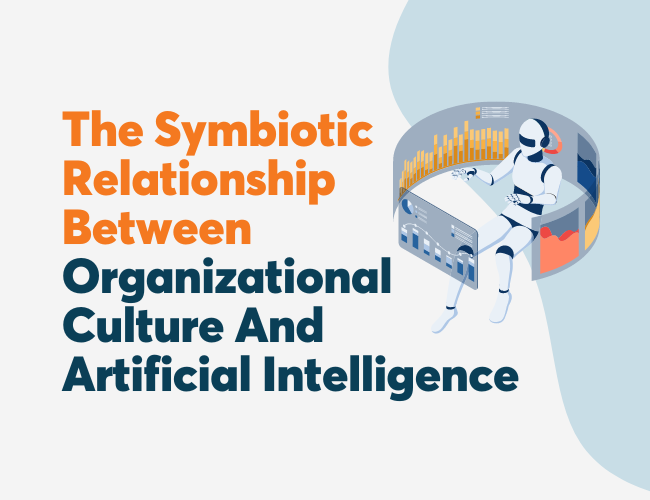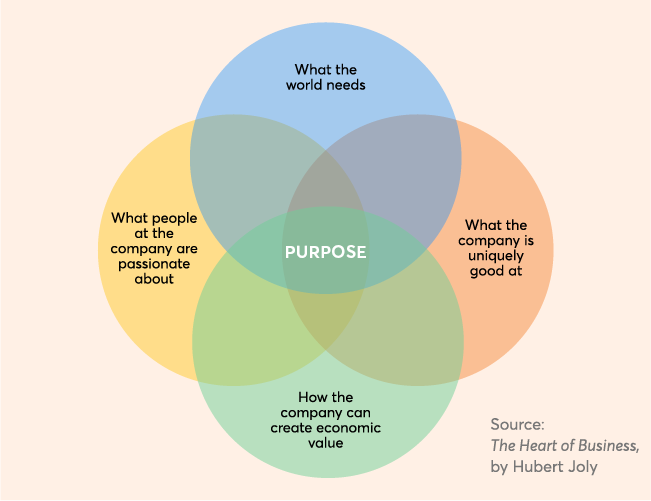Younger workers are increasingly developing a reputation for being difficult to attract and retain. As noted in a previous post, millennial and Gen Z workers are acutely aware of the importance of staying well and the impact their place of work can have on their health and happiness. They also feel that they have the buying power to get what they want. As a result, employers have been spending a great deal of time and energy developing strategies for enticing new generations of workers to join their teams and for mitigating their urge to job hop.
In many cases, these strategies involve the offering of fun office perks (e.g., a ping pong table, gym memberships, employee discounts, etc.). Despite the popularity of this approach, recent research in workplace well-being and optimization indicates that employers might achieve a better return-on-investment by focusing their efforts and attention on the effects of social interactions that take place between employees, their colleagues, and their team leaders. In particular, results from several studies suggest that the degree to which younger employees feel respected has a significant impact on a variety of positive organizational outcomes (e.g., attraction and retention of young employees).
Effective utilization of this fact requires, among other things, an understanding of the basic elements of respect and the ways in which various forms of respect differ from one another. Below is an analysis of the organizationally relevant components of respect, which can be used to help companies accurately predict and maximize the benefits of creating a respectful work environment.
Elements Of Respect
Any instance of respect contains a number of elements or traits, each of which plays a role in bringing about its particular consequences. These features include:
- The giver of respect (e.g., a friend, boss, employee, family member etc.)
- The object of respect (e.g., the power of nature, humanity, a colleague etc.)
- The degree to which someone respects the object
- The perceived reason for respecting the object (e.g., a team leader might respect one of the team members because of their ability to prioritize tasks)
As an example, suppose that team leader Jill tells team member Link, who lacks confidence in his ability to perform his job well, that she really respects him for his willingness to help bring out the best in his fellow team members. Intuitively, Link will feel pleased upon having his efforts recognized and valued by Jill. Moreover, he may be more inclined to assist his teammates in the future.
If instead of respecting Link for his ability to help his team members, Jill respected him for his ability to quickly solve complex problems, the consequences of displaying her respect are likely to be different. Link’s behavior towards his teammates would probably stay the say same. However, his confidence in his own problem-solving abilities can be expected to increase, which may improve his work in the future and even his ability to bounce back after setbacks.
Recent research provides experimental evidence to support these intuitions about respect. For instance, one study found correlations between the degree to which participants felt respected by either their team leaders or their colleagues and the extent to which they felt resilient and satisfied with their jobs. Moreover, they found that one form of respect, “autonomous respect”, which is “emphasized by team leaders through feedback and recognition of individual employees”, had a stronger connection with resilience and job satisfaction than “respectful engagement”, which “occurs through the relationship among team members, being interpersonally accepted, valued, and affirmed as part of a team.”
Other studies demonstrate how traits of the receiver of respect impact its effects. According to a study led by Stephen Grover from Macquarie University, the effects of respect for an employee based on their abilities depends on that employee’s self-esteem. When participants had high self-esteem to begin with, displays of respect had a smaller impact on productivity and engagement than when subjects had lower-self-esteem. This may explain why respect has been found to have an especially significant impact on younger employees, who may lack the confidence and self-assurance enjoyed by more experienced workers.
Takeaway
When considering the role of respect in a company’s strategy for workforce optimization, organizations must decide more than whether to express respect more frequently in the future. They must also think carefully about who could most use a display of respect, what about them it would be most help to express respect for, and who the respect should come from. In doing so, businesses can achieve more precise and predictable respect effects.












